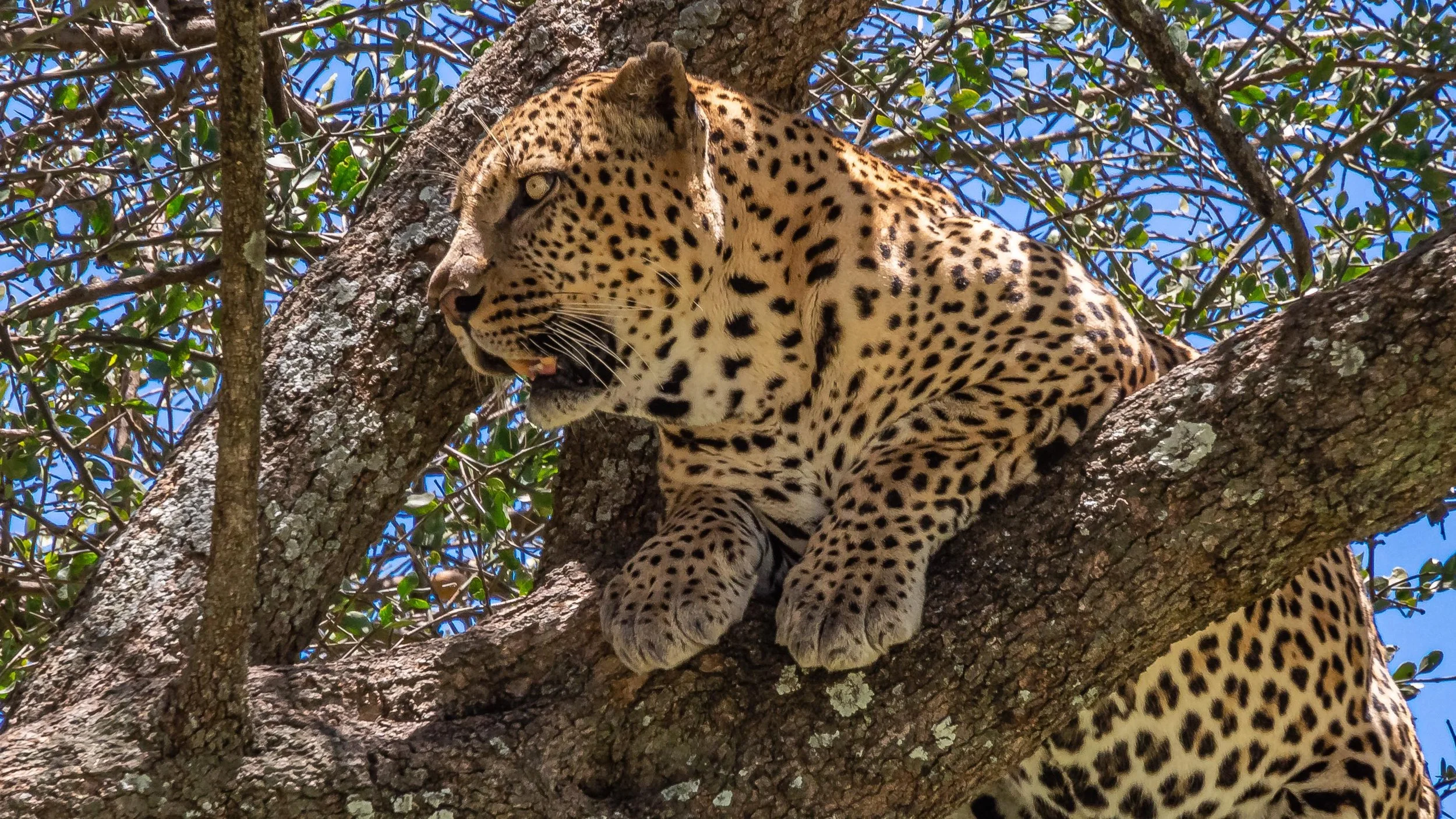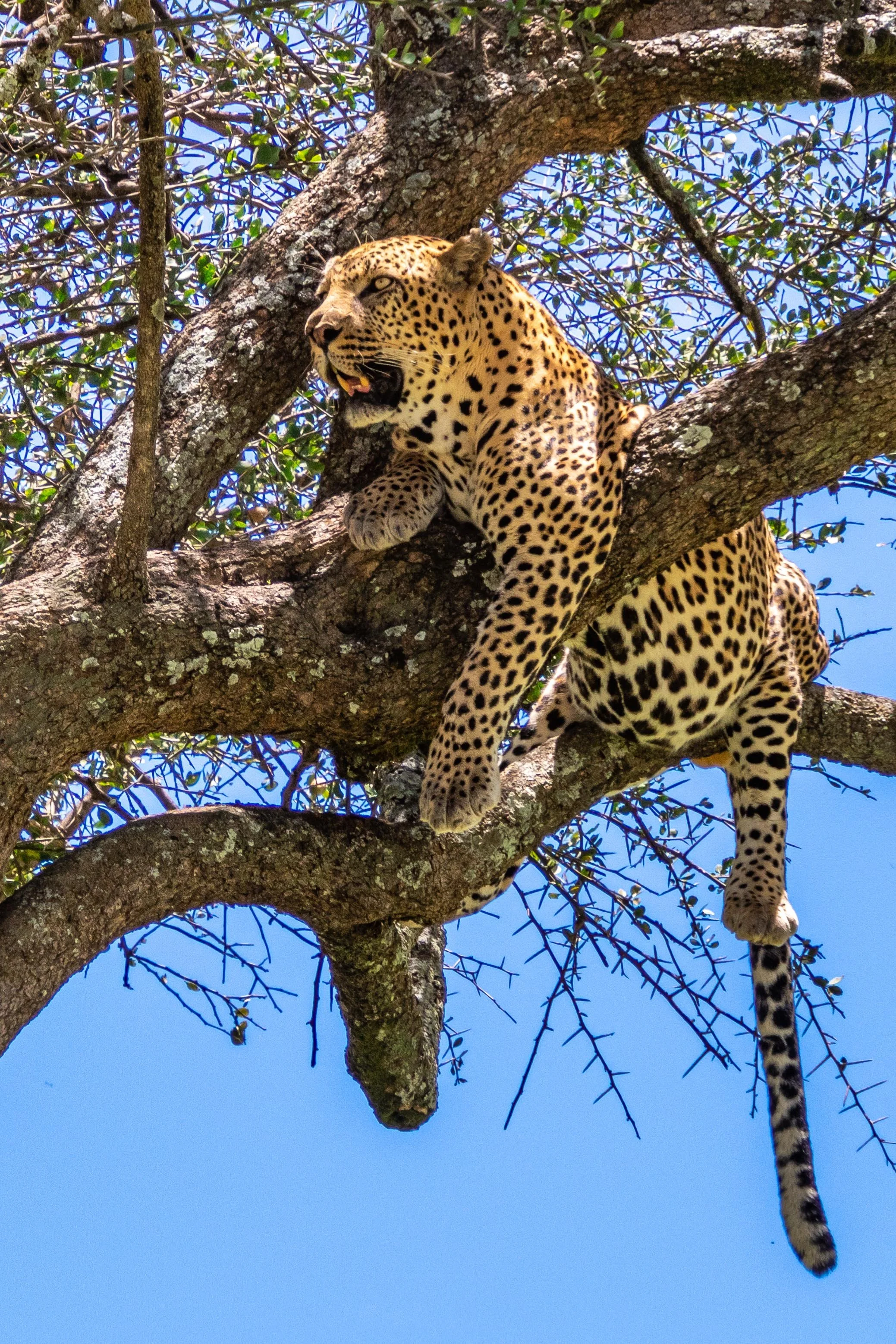
Kenya’s Big Cats
The big cats of Kenya are a perfect example of nature’s top obligate carnivore. Cats are the apex of terrestrial predators. Fast, agile, powerful, and elegant. From the huge African lion to the simple house cat, evolution has created one of nature’s top hunters. Unlike their canine counterparts, cats are obligate carnivores- meaning they must eat meat to survive. Canines like jackals and wolves can supplement their diet with things like nuts and berries, but cats rely solely on meat, whether killed or scavenged. This constant need to hunt keeps the ecosystems they live in balanced- maintaining healthy grazer populations which in turn keep the grasslands productive.
The Cheetah (Acinonyx jubatus) fills the niche of the pursuit predator, reaching speeds of 80 m.p.h. in short bursts to catch their prey. Most cheetahs take on a diurnal lifestyle wherever they are found in order to avoid the larger predators which are often nocturnal.
With a high metabolism, cheetahs need to eat everyday. Even when they manage to take down an antelope, they have to be cautious as they consume it, always alert for lions that may steal their hard earned meal.
The lion (Panthera leo) is the apex predator in it's environment. It is also a keystone species, meaning, in proportion to it's population size, it has a larger impact on its ecosystem.
The presence of a predator often has the effect of creating a terrain of terror for it's prey. This means the prey species begin to adapt to their environment in a way that gives them the most security. This may mean avoiding certain areas or limiting foraging times to when predators are less active.
Lions (Panthera leo) are the only species of cat that live in groups throughout their life. A pride may have a few males with several related lionesses. The males are often battle scarred from defending their territory and pride.
The African Leopard (Panthera pardus pardus) traditionally could be found throughout Africa in all types of ecosystems, including semi-arid desert and tropical rain forrest.
Adapting to climb trees to avoid larger cats, leopards descend to hunt at sunrise or sunset and drag their meals into the trees to protect them from being stolen by lions or hyenas.
This big male has a belly full of last nights kill.








